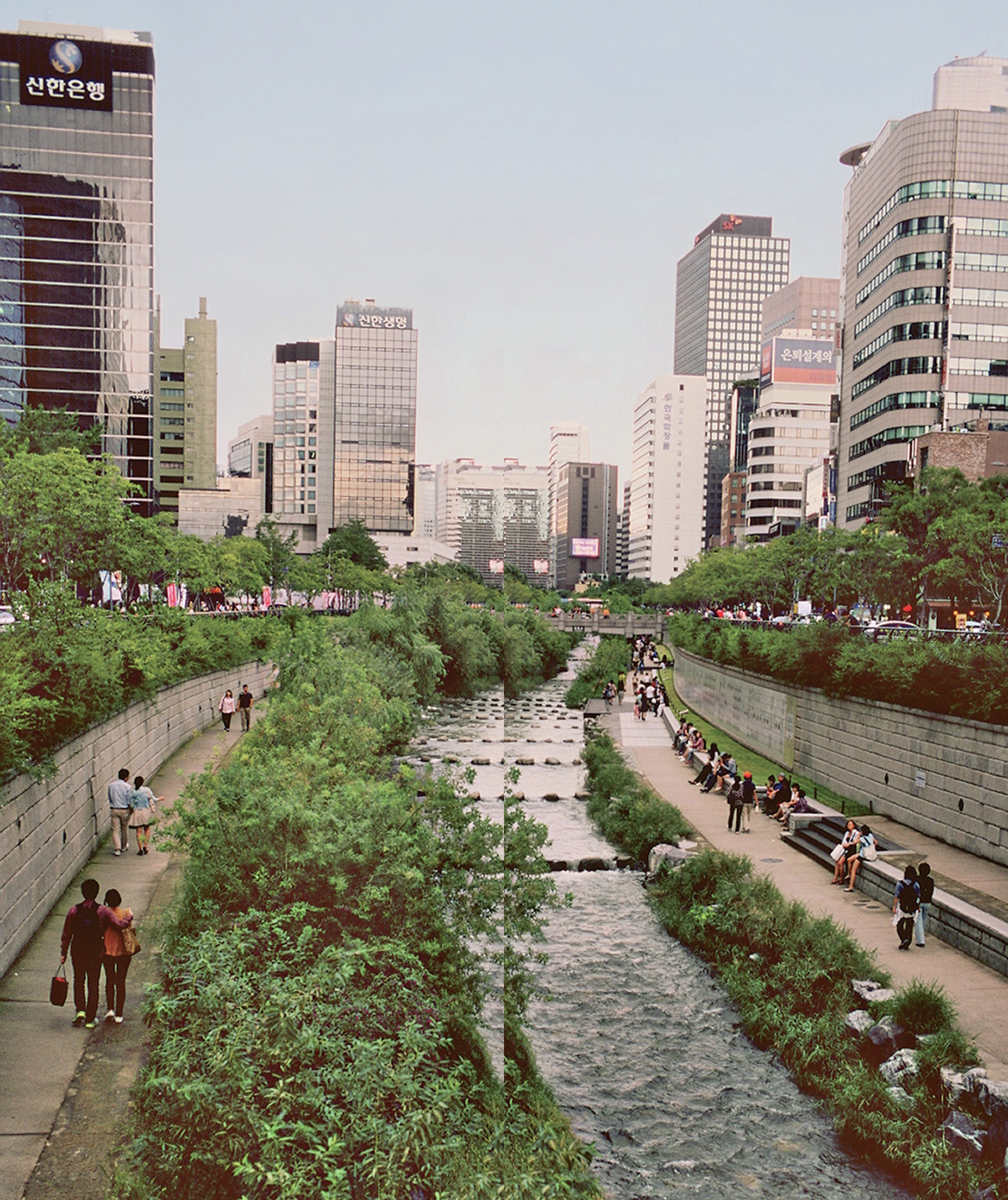
South Korea’s capital city, Seoul, experienced remarkable growth in the second half of the twentieth century. This was fuelled by an industrial and economic boom that moved the country from one of the poorest in the world to one of its richest. The rapid increase in wealth brought many consequences, not least a sudden growth in Seoul’s population. It rose from around 5 million in 1960 to about 23.5 million in 2010.
This urban growth has occurred both outwards — by urban sprawl — and upwards, with the construction of high-rise buildings. The result is a population density of 10,400 people per km2, second only to Hong Kong among the world’s affluent urban areas. Unsurprisingly, this dramatic growth has raised a number of environmental issues.
Your organisation does not have access to this article.
Sign up today to give your students the edge they need to achieve their best grades with subject expertise
Subscribe




